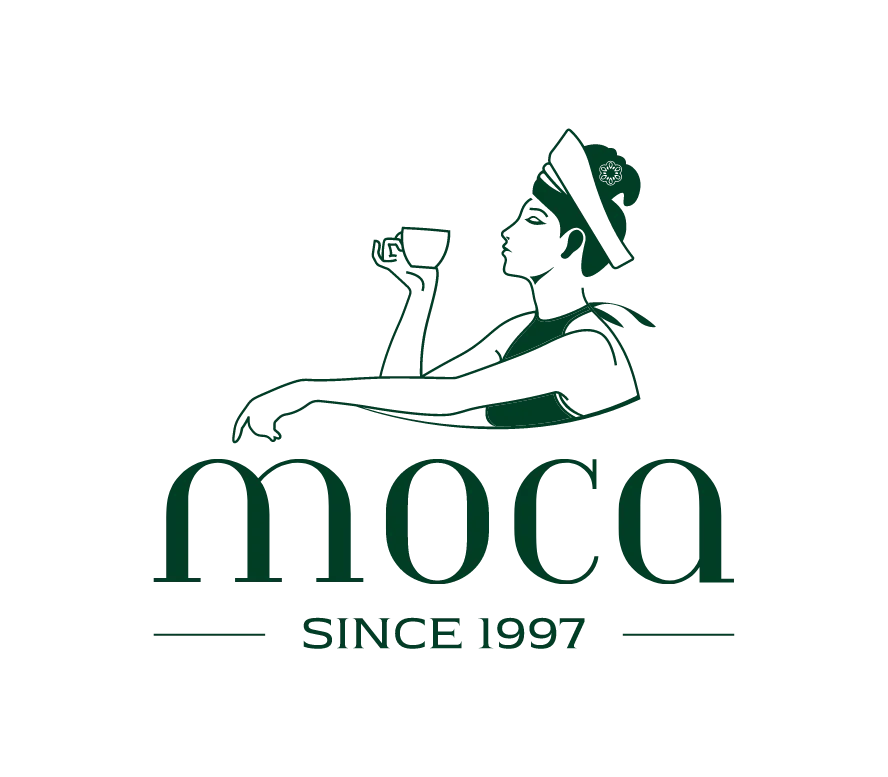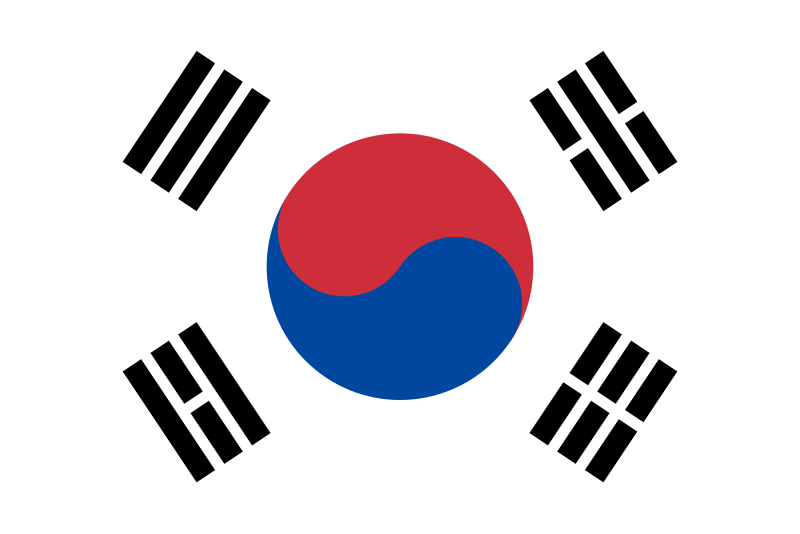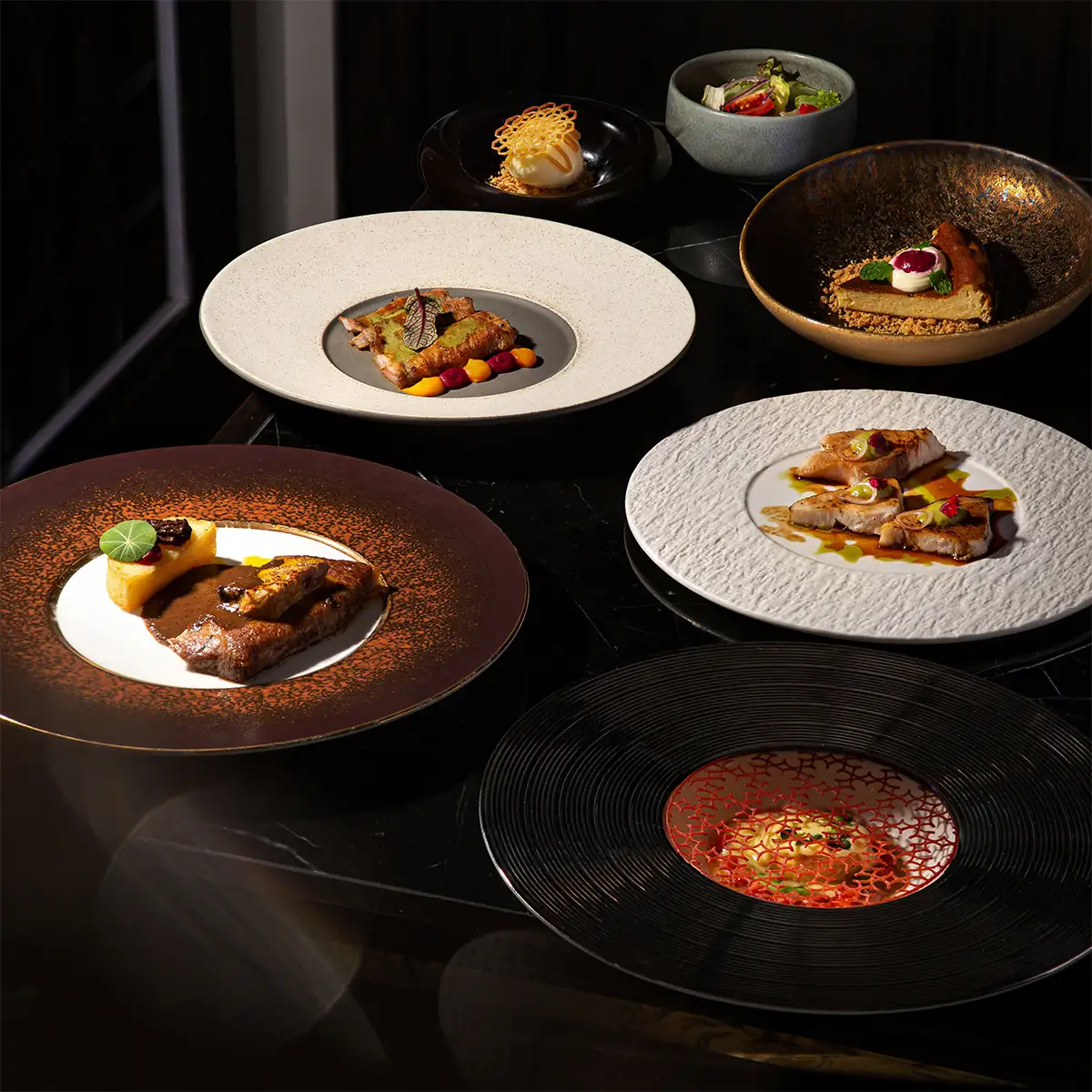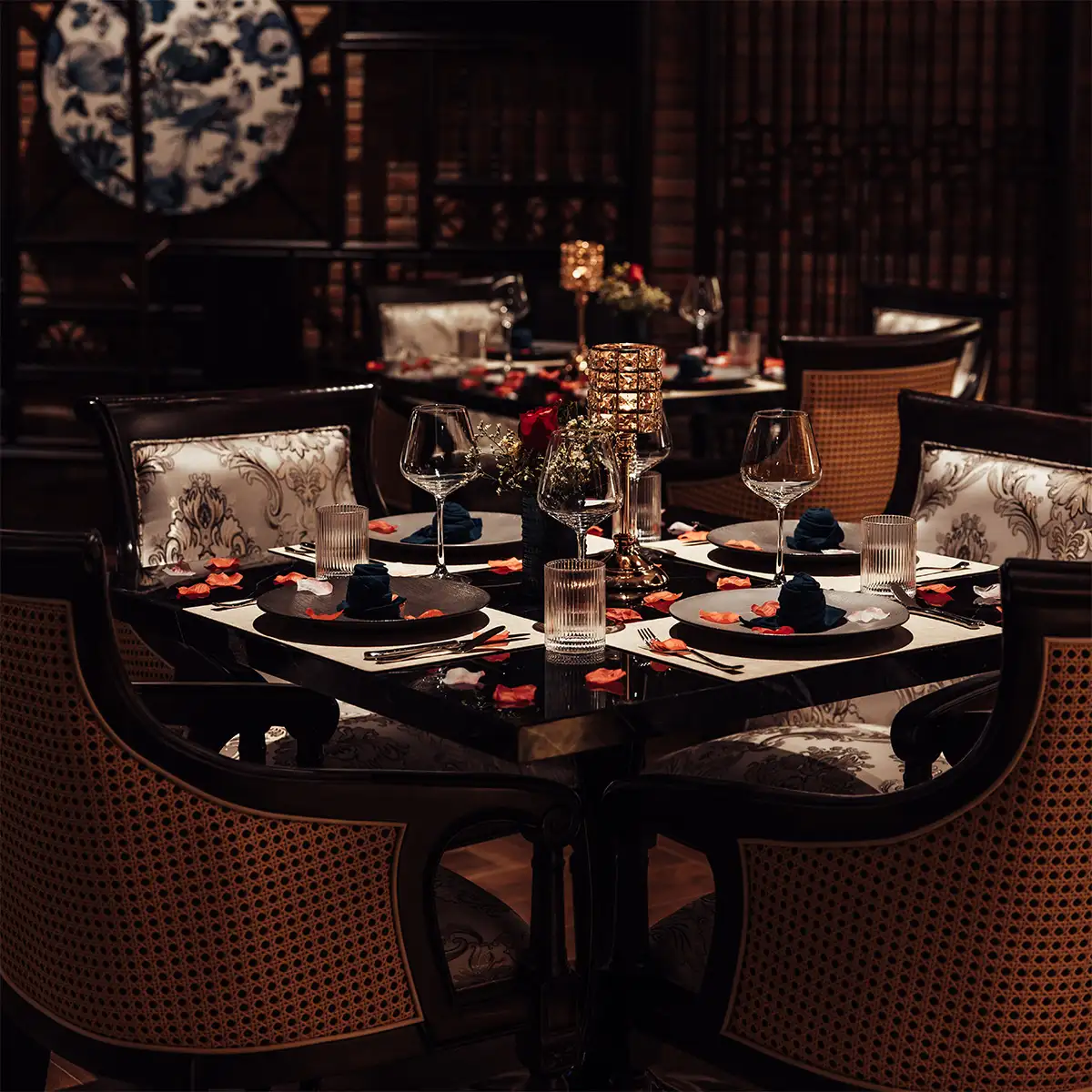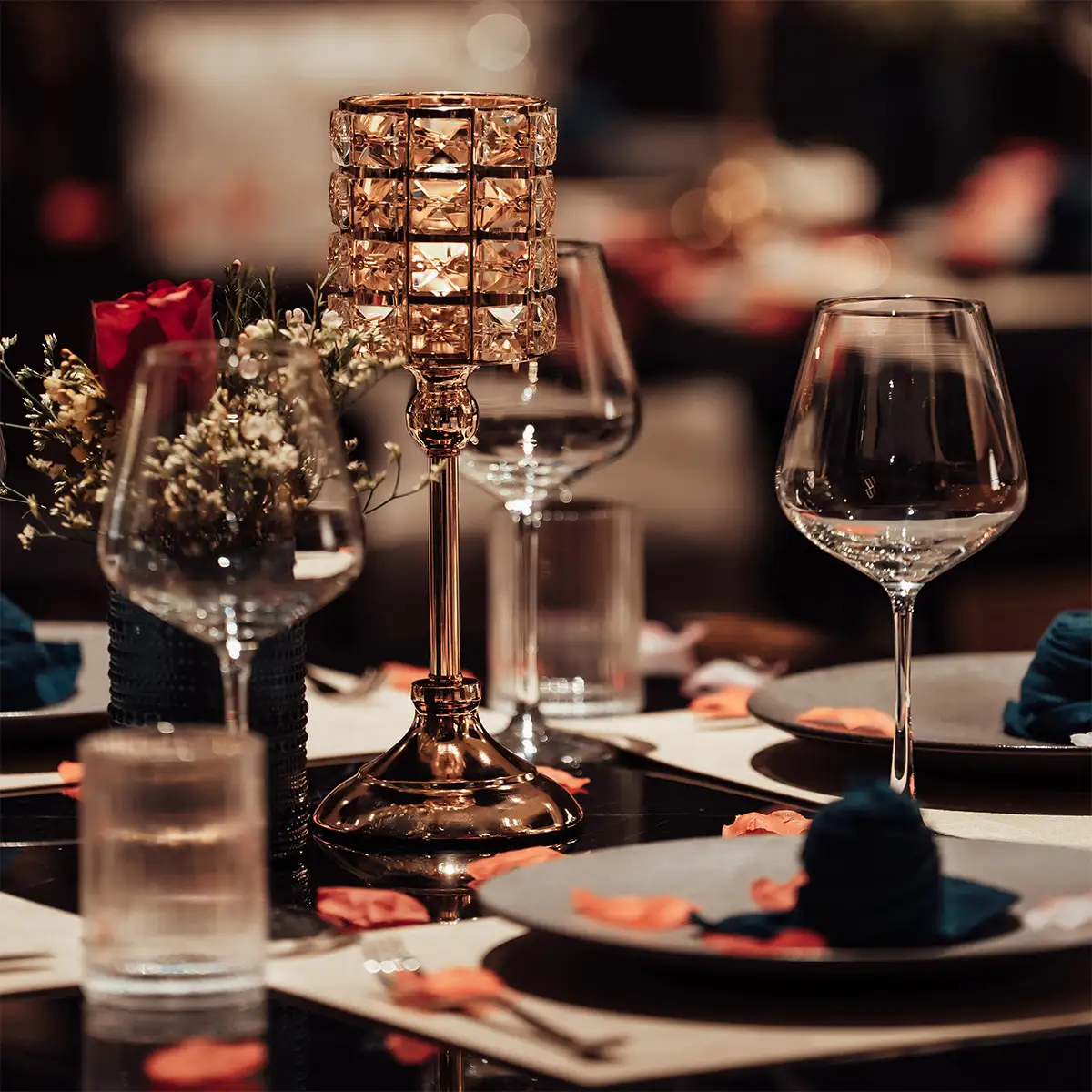- 1. The historical roots and philosophy of Korean fine dining
- 1.1. Royal court cuisine (궁중음식, Gungjung Eumsik): The cradle of Korean fine dining
- 1.2. Temple cuisine (사찰음식, Sanchal Eumsik): Simplicity and purity
- 1.3. The philosophy of Korean cuisine: Balance and harmony
- 2. Signature experiences in Korean fine dining
- 2.1. Hanjeongsik (한정식): The traditional full-course meal
- 2.2. Modern interpretations: Blendially tradition with innovation
- 3. Key elements and characteristics of Korean fine dining
- 4. Navigating the Korean fine dining scene: Practical tips
- 5. Top destinations for Korean fine dining
Beyond the vibrant energy of street food stalls and the convivial atmosphere of Korean BBQ, there exists a world of profound refinement and sophistication: the world of korean fine dining. To define this experience is to look beyond the meal itself and into a tradition deeply rooted in history, philosophy, and artistry. It is a culinary practice where balance is paramount, ingredients tell a story of the seasons, and presentation is elevated to an art form. This guide will delve into the historical foundations, philosophical underpinnings, and contemporary expressions of korean fine dining, offering insights into an unparalleled gastronomic experience.
1. The historical roots and philosophy of Korean fine dining
The elegance of modern korean fine dining is not a recent invention; it is the culmination of centuries of culinary evolution, drawing from three foundational pillars.
1.1. Royal court cuisine (궁중음식, Gungjung Eumsik): The cradle of Korean fine dining
The genesis of korean fine dining can be traced directly to the lavish and meticulous culinary practices of the Joseon Dynasty. Korean royal court cuisine, or Gungjung Eumsik, was designed not only to please the palate but also to promote health, demonstrate respect, and create visual harmony. It was characterized by its use of the finest seasonal ingredients from across the kingdom, prepared with elaborate techniques and presented with painstaking care. Two exemplary dishes that illustrate this heritage are:
- Gujeolpan (구절판): Known as the "platter of nine delicacies," this dish is a stunning representation of balance. It features eight meticulously shredded and seasoned vegetables and meats arranged in a colorful octagon around a central stack of thin, delicate crepes. Diners create their own wraps, engaging with the food in a personal and harmonious way.
- Sinseollo (신선로): A "royal hot pot," this dish is both a meal and a centerpiece. A variety of ingredients, including small meatballs, mushrooms, vegetables, and ginkgo nuts, are artfully arranged in a special brass pot with a central chimney that keeps the rich broth simmering at the table.
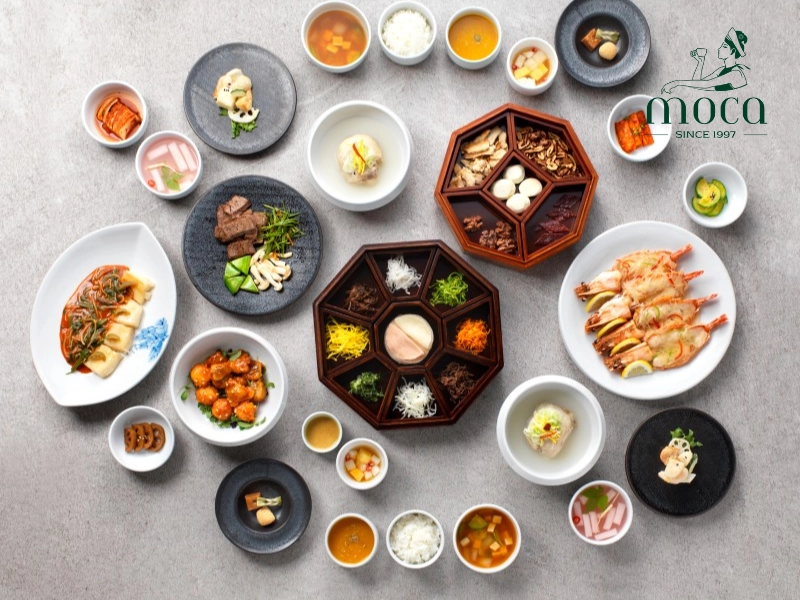
Gungjung Eumsik: Where Korean fine dining was born—refined, balanced, and steeped in royal tradition.
1.2. Temple cuisine (사찰음식, Sanchal Eumsik): Simplicity and purity
In stark contrast to the opulence of royal food, Korean temple cuisine offers a philosophy of simplicity, purity, and mindfulness. This entirely plant-based culinary tradition has had a profound influence on korean fine dining through its emphasis on natural, seasonal ingredients and its "food as medicine" approach. It champions clean flavors, avoids pungent alliums (garlic, onions), and utilizes fermentation and foraging to create dishes that are in deep harmony with nature.
1.3. The philosophy of Korean cuisine: Balance and harmony
Underpinning all of Korean cuisine is a distinct philosophy of balance. This is most visibly expressed through Obangsaek (오방색), the theory of five traditional Korean colors: white, black, blue (or green), red, and yellow. These colors correspond to the five elements of the universe and are believed to ensure nutritional balance and visual appeal.
Furthermore, the importance of fermentation, or Jang (장), cannot be overstated. Foundational pastes and sauces like gochujang (chili paste), doenjang (soybean paste), and ganjang (soy sauce) provide an irreplaceable depth of flavor and umami that is the soul of Korean cooking.
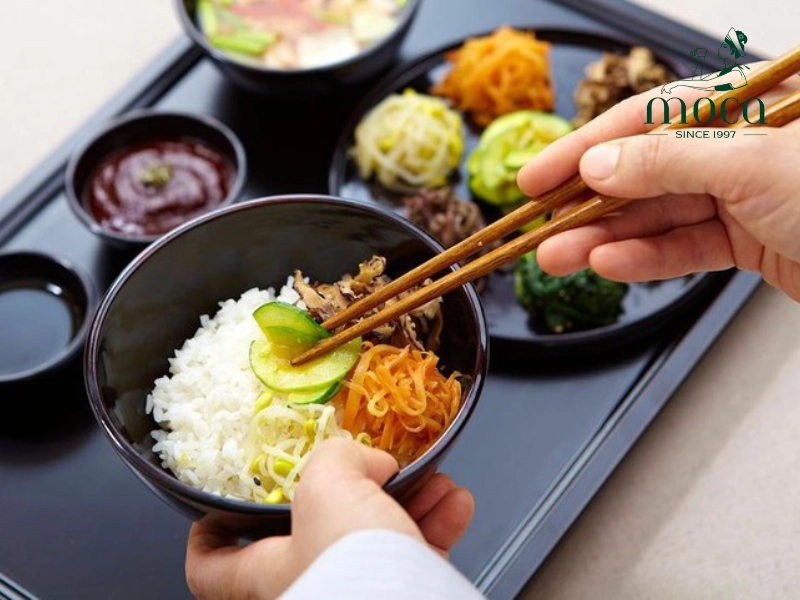
Temple cuisine reveals the heart of Korean fine dining—pure, seasonal, and in harmony with nature and spirit.
2. Signature experiences in Korean fine dining
While rooted in history, the Korean fine dining experience today manifests in both traditional and modern forms.
2.1. Hanjeongsik (한정식): The traditional full-course meal
Hanjeongsik is the traditional Korean full-course meal, a direct descendant of the royal table. It is a grand, bountiful affair where the table is filled with a dazzling array of dishes. The experience is centered around a vast selection of banchan (side dishes), which are served alongside multiple main dishes (premium meats, fresh fish), soups, stews, and rice.
In its most traditional form, all dishes are presented simultaneously, creating a spectacular feast for the eyes. Modern interpretations may serve the meal in stages, moving from lighter to heavier courses. The composition of a Hanjeongsik often varies by region, with Jeonju being particularly famous for its opulent version.
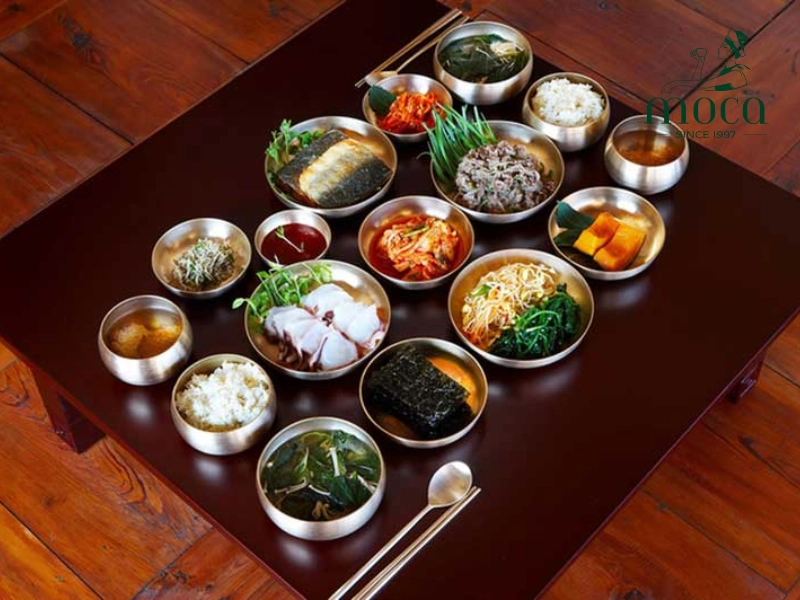
Hanjeongsik: A celebration of abundance, tradition, and harmony—Korea’s royal roots on a single table.
2.2. Modern interpretations: Blendially tradition with innovation
The most exciting frontier in the culinary world today is contemporary Korean cuisine. A new generation of visionary chefs is reinterpreting classic dishes, blending time-honored flavors with modern techniques and global influences. This movement is characterized by a deep respect for tradition, coupled with a desire to push creative boundaries. Many chefs use their menus to tell a story, often focusing on a specific region's terroir or a particular philosophical concept.
For instance, a chef might present a deconstructed Bibimbap, where the familiar elements are transformed: the rice may be a delicate crisp, the vegetables presented as vibrant purées and foams, the beef perfectly seared, and the gochujang refined into a delicate, flavorful oil, all artfully arranged on the plate. This is not merely a dish; it is a new perspective on a beloved classic.
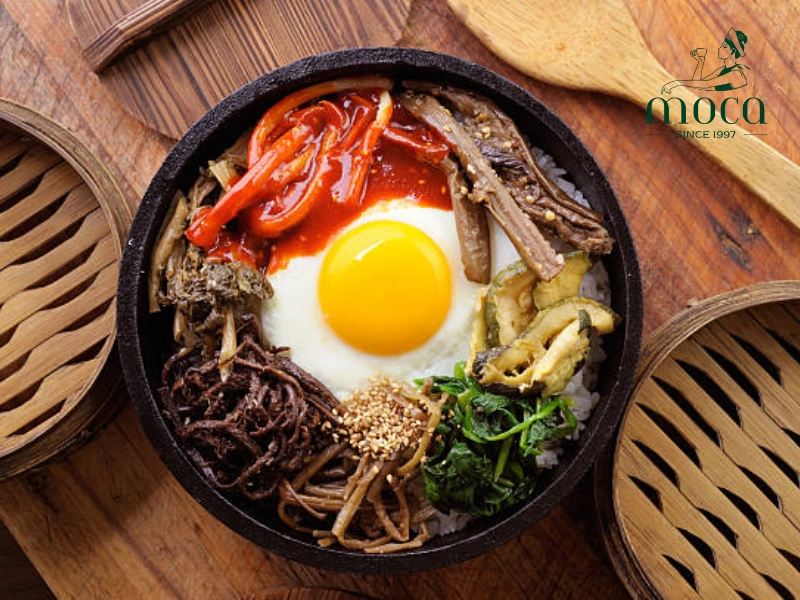
Modern Korean cuisine reimagines tradition, transforming classics like Bibimbap into innovative works of art.
3. Key elements and characteristics of Korean fine dining
Several key elements define the quality and character of a Korean fine dining experience.
- Ingredients: The foundation is an unwavering commitment to quality. This includes using seasonal produce at its absolute peak, sourcing premium meats like Hanwoo beef, and utilizing the freshest seafood. The complexity of flavor is often built upon aged and fermented products, where kimchi or soy sauce aged for years can become a prized ingredient.
- Presentation: A feast for the eyes is essential. Plating is meticulous, often reflecting the Obangsaek philosophy through the deliberate use of color and texture. Traditional ceramics and modern dishware are used to create a canvas for the food.
- Service and Ambiance: Service is attentive, professional, and discreet, embodying a modern form of Korean hospitality. The restaurant's interior design often blends traditional Korean aesthetics, such as natural wood and clean lines, with contemporary elegance to create a serene and sophisticated atmosphere.
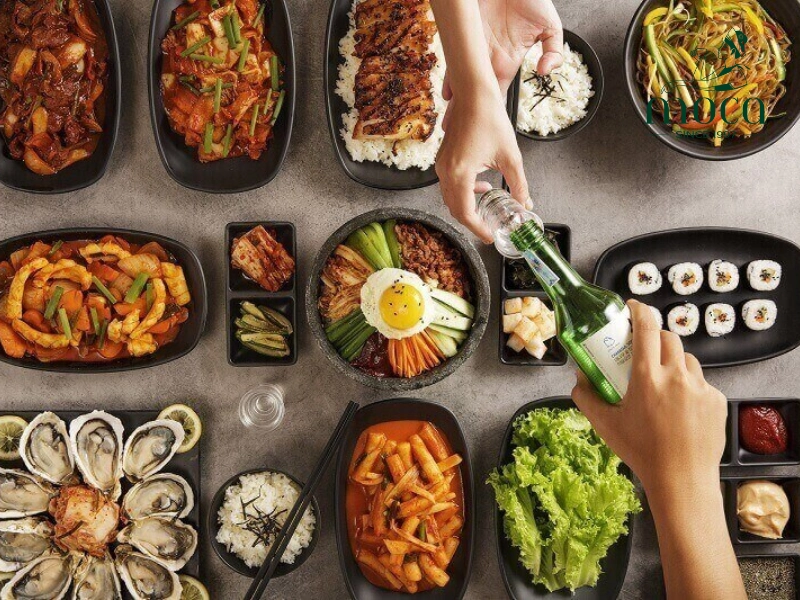
Korean fine dining: where tradition meets elegance in every detail.
4. Navigating the Korean fine dining scene: Practical tips
- Reservations: Making a reservation in advance is crucial when it comes to Korean fine dining, especially for Michelin-starred restaurants or other highly acclaimed establishments. Many top spots are booked weeks or even months ahead, so plan accordingly to secure your preferred date and time.
- Dress Code: When dining at Korean fine dining venues, a smart casual to formal dress code is generally expected. Dressing appropriately shows respect for both the culinary experience and the establishment itself.
- Etiquette: Standard fine dining etiquette applies in Korean fine dining settings. However, it’s important to note that Korea does not have a tipping culture—exceptional service is already included in the price, so there is no need to tip.
- Price Range: In Seoul, the cost of a Korean fine dining dinner can range from approximately $180 to over $330 USD per person. Prices vary depending on the restaurant’s reputation, location, and the complexity of the tasting menu or course offerings.
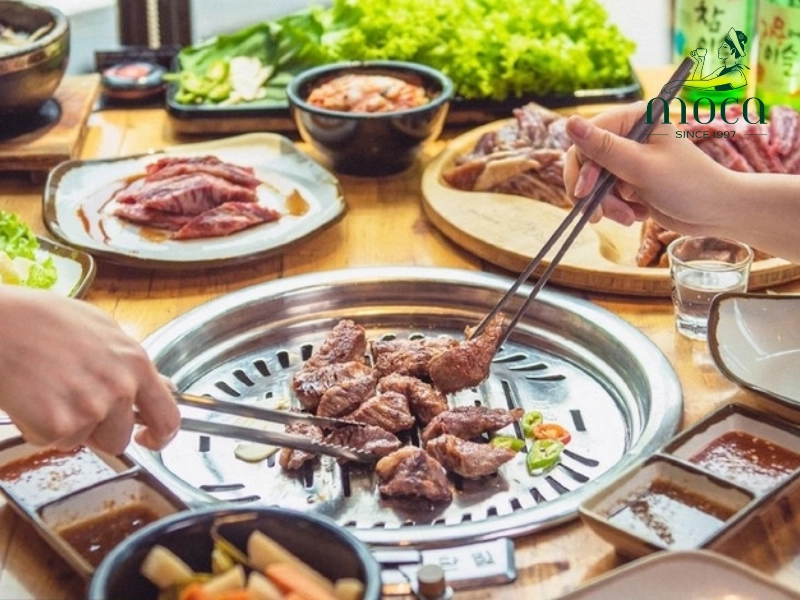
Plan ahead, dress smart, and enjoy a seamless Korean fine dining experience.
5. Top destinations for Korean fine dining
Seoul is widely regarded as the undisputed epicenter of Korean fine dining, offering an exceptional concentration of world-class restaurants that showcase the richness and innovation of modern Korean cuisine. Prestigious districts such as Gangnam, Cheongdam-dong, and Hannam-dong are home to many of these elite culinary destinations. Among them are globally recognized, Michelin-starred restaurants like Gaon, La Yeon, Mingles, and Jungsik—establishments that have played a pivotal role in defining and promoting Korean fine dining on the international stage. These restaurants not only highlight traditional Korean ingredients and techniques but also reimagine them through a contemporary lens, earning acclaim from both local and global diners.
While Seoul continues to lead the charge, the influence of Korean fine dining is gradually expanding to other regions of the country. Cities like Busan and Jeju are developing their own fine dining identities, with a growing number of innovative chefs and boutique restaurants drawing inspiration from regional ingredients and coastal flavors. This emerging culinary diversity is helping to establish a broader, more dynamic Korean fine dining scene that reaches beyond the capital, offering both residents and travelers a chance to explore Korea’s evolving gastronomy in new and exciting ways.
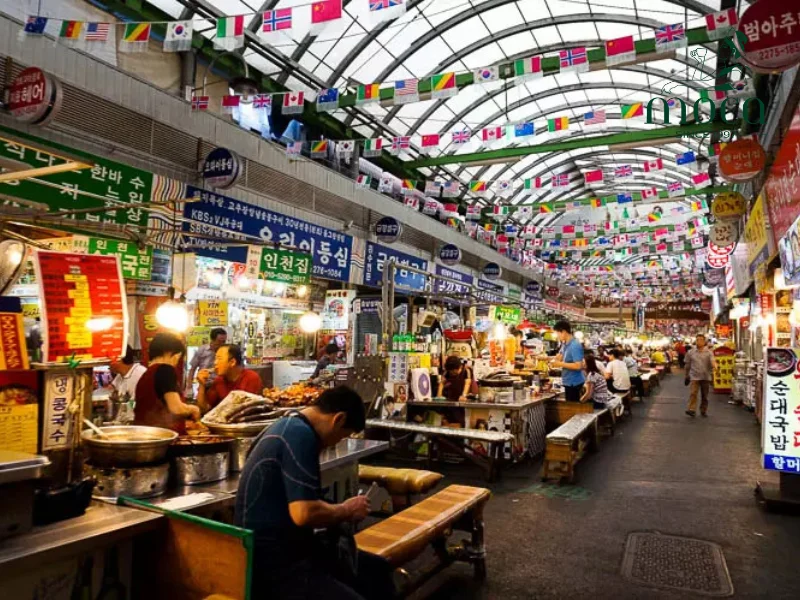
Seoul leads the way, but Korea’s fine dining adventure spans coast to coast.
Korean fine dining is a profound journey through history, art, and flavor. It is an experience that reflects the nation's rich culinary heritage, from the disciplined elegance of the royal court to the innovative spirit of its modern masters. Having evolved from a cherished local tradition into a globally recognized culinary force, it offers a depth and sophistication that continues to captivate diners worldwide.
We encourage you to explore this unique and compelling culinary art form. Discover the refined tastes of Korea at establishments like Moca Dining, where tradition is honored and meets the pinnacle of modern culinary excellence. Book your reservation today and experience Korean fine dining at its most inspired.
